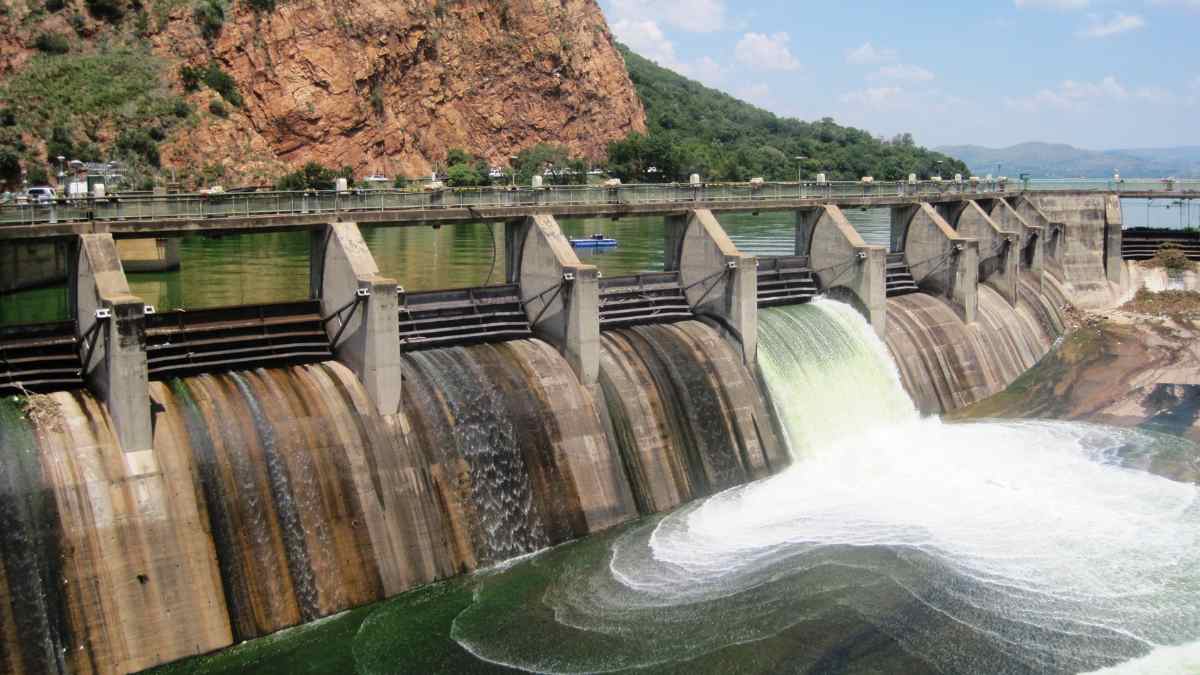
Reports have started circulating that China is going to build a super dam near the LAC (Line of Actual Control) in Tibet. The new dam will reportedly be built near the lower reaches of the Yarlung-Tsangpo River, which is basically India’s Brahmaputra River. The Brahmaputra, which is one of the longest rivers in the world, originates in Tibet and flows into the Bay of Bengal. The Yarlung-Tsangpo is the upper section of the Brahmaputra where China’s ambitious project will reportedly be built.
Aiming to achieve carbon neutrality by 2060, China has stepped up efforts on hydropower projects in Tibet. With a planned capacity of 60 gigawatts, the new dam will surpass, in both size and capacity, China’s “Three Gorges Dam”, currently recognized as the largest hydroelectric facility in the world. The site of this huge project is reportedly located just 30 kilometers from the Indian border and is a major cause of geopolitical concern in India.
After leaving the Tibet Autonomous Region (TAR), the Yarlung Tsangpo becomes the Brahmaputra River, which flows through Arunachal Pradesh, Assam and Bangladesh. It is vital to the communities along its banks. People depend on the river’s water and the fertile soil it carries, mainly for agriculture, irrigation and fishing.
Such a gigantic dam can impede the flow of fertile, silty soil carried by the river, negatively affecting agricultural areas downstream. Shared water resources have long complicated relations between China and India.
Although China claims the dam is a run-of-the-river hydroelectric project and will not divert waters from the Brahmaputra, experts fear it could still reduce water flow during the summer. And if China decides to release water from the dam during the monsoon, it could be disastrous for the already flood-prone state of Assam.
According to Hindu, in 2021 China began building a dam on the Mabja Zangbo River in Tibet. The dam, which is located approximately 16 kilometers north of the tri-junction (the border between India, Nepal and China), is of strategic importance. The Mabja Zangbo River originates in Nagari County, Tibet, and flows through Nepal before joining the Ghaghara River, which eventually empties into the Ganges. If China were to build a dam on this river, it could not only divert water but also store significant quantities, which could cause water shortages in regions that depend on the flow of water from the Mabja Zangbo River. This could have adverse effects on downstream areas, including Nepal, where rivers such as the Ghaghara and Karnali may experience lower water levels.
Furthermore, China’s presence and control over strategic water resources in disputed areas could be used to reinforce its claim to those territories. These infrastructure projects can be seen as a way to solidify China’s presence in the region and exert influence over disputed territories.
Since early 2021, China has been building a dam on the Mabja Zangbo River, a few kilometers north of the border with India and Nepal. While the structure is not complete, the project will raise concerns about China’s future control over water in the region. pic.twitter.com/XH5xSWirMk
— Damián Symon (@detresfa_)
January 19, 2023
Categories: Optical Illusion
Source: ptivs2.edu.vn